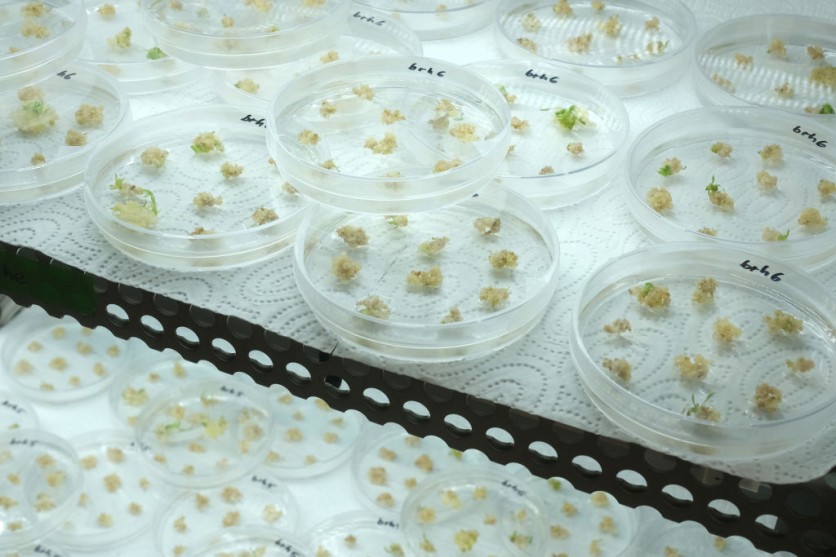Scientists in the US and the UK may have found a way to treat infantile Batten disease, according to The Guardian.

Batten disease is a lethal brain disorder that affects children. Its symptoms include loss of vision, mobility problems, and impaired cognition. It could also lead to seizures and early death.
The Drug
The work to develop a drug to treat the disease started as a collaboration with researchers at Collaborations Pharmaceuticals that found mice affected by one form of the disease, known as CLN1, that could be cured with a missing enzyme.
The researchers used a gene-editing technique referred to as Crispr-Cas9 to produce a gene version that results in CLN1 in sheep. Sheep ovaries are gathered from abattoirs, and eggs are removed and fertilized.
Then, they added Crispr reagents to make the necessary changes in CLN1, and the eggs were implanted into surrogate sheep. As a result, the researchers created a group of sheep with faulty genes.
There are no symptoms of the disease in the sheep, which researchers will use to breed sheep with two faulty copies that will go on to develop Batten disease and become the subjects of therapy trials.
Also Read: Gene Editing-Technique Can Help Identify CRISPR Mistakes
A Move Towards Human Trials
Researchers found that simply injecting the missing enzyme into the brain of mice showed significant improvements in their condition. However, it wasn't safe yet to move to human trials. Therefore, the researchers had to repeat the experiment with the sheep, and through these animals, the scientists were able to estimate the right amount of dose and the route to deliver it to the brains of the sheep.
Although this showed positive results, the researchers insist on undergoing additional years of research to optimize the treatment and ensure that it's safe. Fortunately, they already have gained insights that will help the development a lot easier.
Batten Disease in Children
Batten disease is a severe and fatal rare genetic disorder. It is caused by mutations in the CLN1 gene that results in the production of an abnormal form of the CLN1 protein. The same protein decreases the amount of the essential chemical that repairs damaged cells. As a result, this protein is also associated with an increased risk of seizures, developmental delays, and early death.
Children with the disease are unable to produce enough of this protein, and as a result, they experience damage to their brains and nervous system. The main symptoms of the disease include blindness, seizures, behavioral changes, loss of mobility, and cognitive impairment.
The disease is rare and affects one in every 100,000 children. There is no cure for Batten disease, but there are specialized therapeutic interventions to control seizures, behavioral issues, and symptoms of blindness. The disease is incurable, but in some cases, it can be slowed down.
Related Article: New Software Simplifies CRISPR Methodology For Gene Editing
This article is owned by Tech Times
Written by April Fowell
ⓒ 2025 TECHTIMES.com All rights reserved. Do not reproduce without permission.




